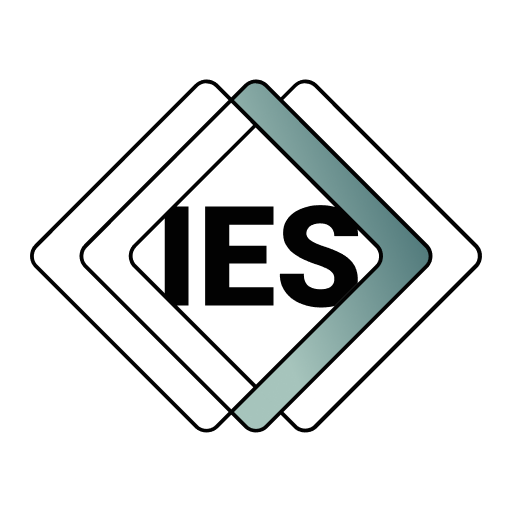The Information Exchange Standard (IES) was developed to address the challenge of inconsistent and fragmented data exchange across different organisations, sectors, and systems. Initially established within defence and national security, the standard has evolved into a cross-sector resource supporting a wide range of industries, including buildings, transport and utilities. At its heart, IES provides a standardised foundation for structuring data in a way that ensures consistency, interoperability, and adaptability.
History and Evolution of IES


IES Governance and Structure
IES operates under a structured, multi-sector governance framework that ensures transparency, consistency, and long-term sustainability. The governance structure consists of:
A Steering Group
Representing key sectors and responsible for setting strategic direction, approving major updates, and ensuring cross-domain alignment
Domain-Specific Working Groups
Managing extensions such as IES Built Environment, IES People, and other sector-specific models, ensuring their alignment with the IES framework
Technical Support & Maintenance Teams
Responsible for implementing changes, managing version control, validating ontologies, and ensuring compliance with semantic web standards
This governance model ensures that IES remains neutral, scalable, and adaptable, supporting the needs of both public and private sector stakeholders while maintaining technical robustness.
The Future of IES
IES is continuously evolving to meet the demands of an increasingly interconnected digital landscape. Future developments include:
As part of its commitment to innovation, IES is exploring the use of large language models (LLMs) and generative AI to accelerate the ontology extension process. By using AI-powered tools to generate candidate extensions, experienced ontologists can review, refine, and validate new domain models more efficiently, significantly reducing the time required to develop viable extensions. This approach enables faster adoption and evolution of IES across multiple industries.


